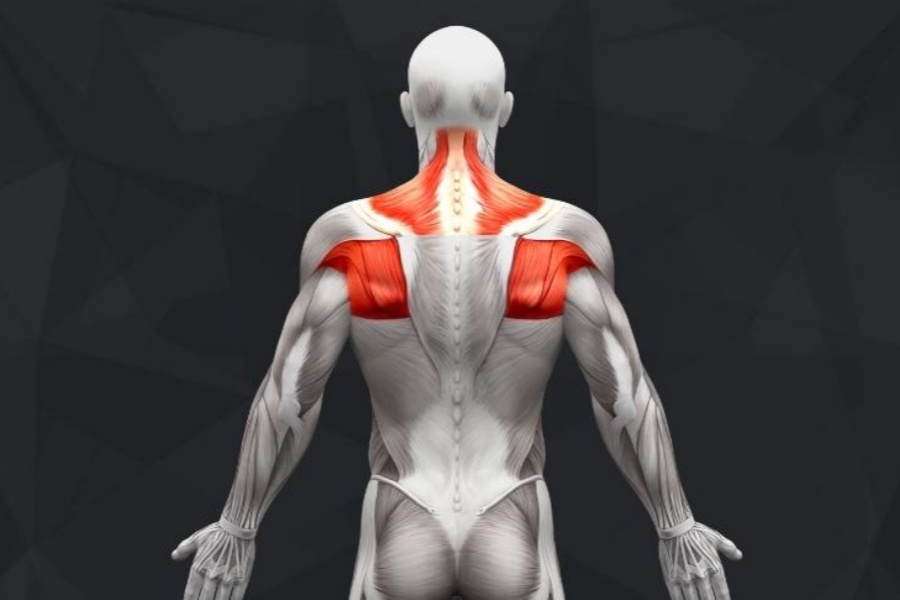Hey there. Let’s talk shoulders – scapular stabilization exercises. Specifically, that sneaky source of so many aches, clicks, and performance plateaus: your shoulder blades. As a coach, I see it constantly – clients frustrated by nagging shoulder pain during presses, limited overhead mobility, or just that feeling of instability when lifting anything remotely heavy. Sound familiar? Nine times out of ten, the root cause is weak or poorly controlled scapular muscles.
Scapular stabilization exercises aim to strengthen and stabilize the shoulder blades (scapulae) by targeting the muscles that control their movement and position. These exercises can help improve shoulder stability, reduce the risk of injury, and improve performance in sports and activities. I get it because I’ve been there myself! Early in my training, I chased bench press numbers relentlessly, ignoring the subtle “winging” of my shoulder blades. The result? Not more strength, but a frustrating bout of rotator cuff tendonitis that sidelined me. It was a hard lesson: true shoulder health and strength start with scapular stability.
The Goal of Scapular Stabilization Exercises
We’re not just trying to build big muscles here . We’re training your brain to control the position and movement of your scapulae throughout every exercise and daily movement. This means:
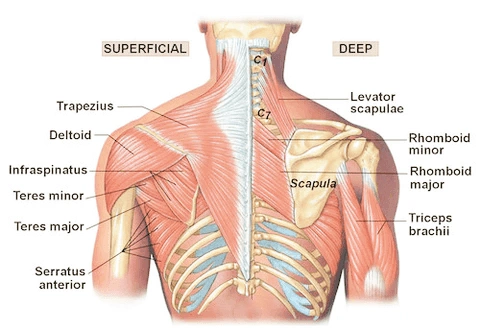
- Preventing “Winging”: Keeping those blades flat against your ribcage.
- Smoothing Movement: Ensuring they glide correctly when you reach overhead or pull.
- Protecting Joints: Taking stress off your rotator cuff and AC joint.
- Building a Powerful Base: Creating a solid platform for pressing, pulling, and carrying.
Your Custom Scapular Stabilization Exercises Plan
Here’s the sequence I’ve found works best. Start controlled, master the basics, then gradually challenge yourself.
1. Scapular Retraction
2-3 sets × 10-15 reps
Teaches you pure, isolated control of squeezing your shoulder blades together (retraction) without using your arms or shrugging. It wakes up those sleepy mid-back stabilizers (rhomboids, mid-traps).
Foundation for everything. If you can’t do this well seated, you won’t do it right under load. My go-to primer before any upper body work.
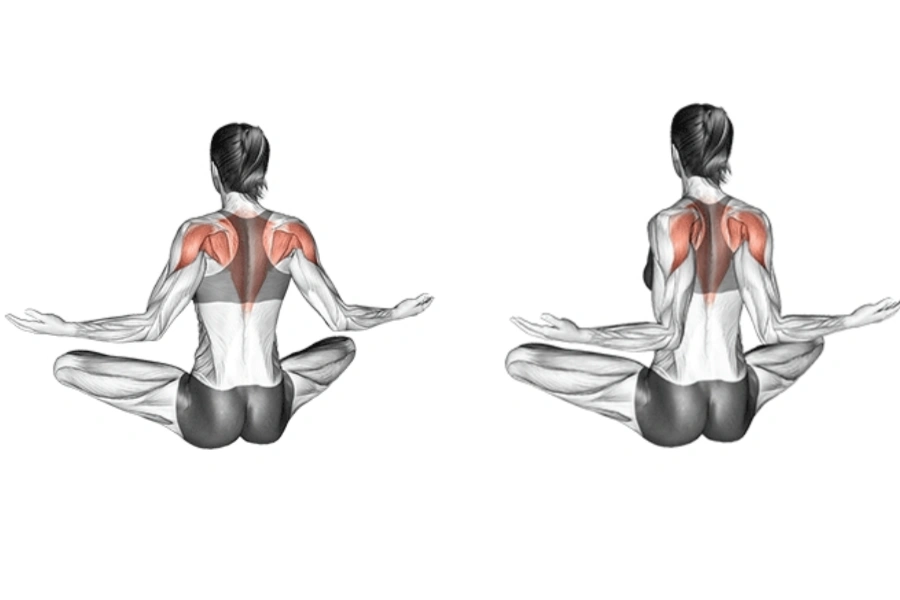
- Steps:
- Sit or stand tall, chest up, shoulders relaxed down (away from your ears).
- Imagine trying to squeeze a pencil firmly between your shoulder blades.
- Focus: Move only your shoulder blades. Don’t shrug upwards or move your arms.
- Squeeze hard, holding the contraction for 3-5 seconds. Feel that pinch in your mid-back? That’s the target!
- Slowly and controlled, release the squeeze, letting your shoulder blades slide apart.
2. Scapular Push-Up
2-3 sets × 8-12 reps
Builds dynamic control, teaching your shoulder blades to smoothly glide apart (protract) and together (retract) while supporting your bodyweight. Essential for healthy pushing.
Fixes that “stuck” or shaky feeling during planks or push-ups. I use this religiously with clients before bench pressing or overhead work.
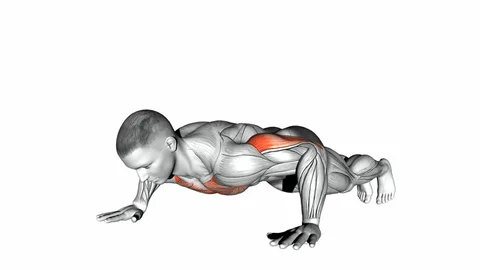
- Steps:
- Get into a push-up/plank position (on knees or toes). Keep your core tight and body straight. Arms are locked straight the entire time.
- Phase 1 (Protract): Let your shoulder blades spread wide apart. Your upper back will slightly round, and your chest will sink just a little between your shoulders.
- Phase 2 (Retract): Squeeze your shoulder blades together powerfully. Your upper back will rise towards the ceiling, and your chest will lift slightly away from the gym mat. Don’t bend your elbows!
- Move slowly and deliberately, focusing purely on the shoulder blade movement.
3. Band Pull-Aparts
2-3 sets × 15-20 reps
Builds endurance and strength in the muscles that retract and depress your shoulder blades (rhomboids, rear delts, mid/lower traps), combating rounded shoulders.
Incredible for posture, warming up, or finishing a workout. It’s the rehab staple in my bag for good reason – simple, effective, and you feel it instantly.
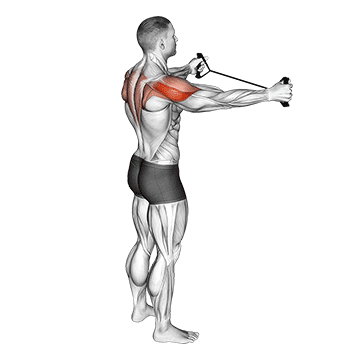
- Steps:
- Hold a resistance band (light/medium) straight out in front of you at shoulder height. Hands slightly wider than shoulder-width. Palms down or facing each other.
- Keep a slight softness in your elbows (not locked out, not bent too much).
- Pull the band apart by driving your elbows back and squeezing your shoulder blades together.
- Stop when your hands are just outside your chest/shoulders. Feel the burn between your shoulder blades!
- Slowly control the band back to the start position, letting your shoulder blades slide apart. Resist the band pulling you forward.
4. Horizontal Rows
3 sets × 8-12 reps
Integrates scapular control (retraction and depression) under load while bending your arms. Teaches your back muscles to initiate the pull.
The cornerstone of building a strong, stable back. Mastering this pattern translates to safer, stronger pulls and fixes “arm-dominant” rows. My cue: “Start the pull with your shoulder blades!”
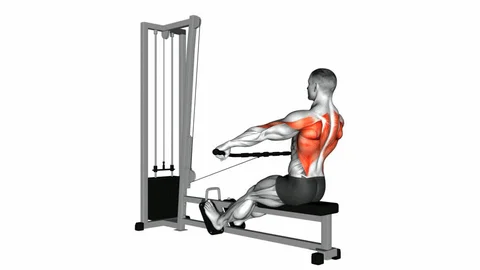
- Steps:
- Set up for your chosen row variation (e.g., bent over, seated cable, inverted row). Grab the bar/handle.
- Slightly unlock your elbows, but keep your arms relatively straight to start.
- Initiate the Pull: Drive your elbows back and squeeze your shoulder blades together first. Imagine cracking a nut between them!
- Then, continue pulling by bending your elbows, bringing the weight/handle towards your torso. Keep your chest proud.
- At the top, pause for a second, feeling that strong mid-back contraction.
- Lower under control: First, straighten your arms, then allow your shoulder blades to slowly slide apart.
5. Advanced Stability Ball Pushups
2-3 sets × AMRAP
Challenges your scapular stabilizers dynamically under load and instability. Forces them to work hard to control the blades throughout the entire push-up motion on an unstable surface.
Takes your stability to the next level. It’s the ultimate test of control built from the previous exercises.
Warning: Only attempt once you’ve mastered solid form on the floor! (Pike Pushups are a great regresssion).
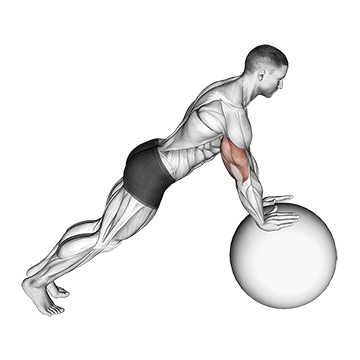
- Steps:
- Place your feet securely on top of a medicine ball (or elevate feet firmly on a sturdy bench/box for Pike Pushups). Hands on the floor, slightly wider than shoulder-width. Form a straight line head to heels (or hips high for Pike).
- Brace your core HARD. The ball will wobble – that’s the point!
- Lower your chest towards the floor, actively controlling your shoulder blades – preventing them from winging excessively.
- Push back up powerfully to the start, focusing on maintaining a stable shoulder girdle despite the instability.
- Key Focus: Your shoulder blades should still protract and retract, but the instability makes controlling that movement far harder. Prioritize control over reps.
| Exercise | Target Muscles (EMG Data) | Research Findings | Clinical & Performance Significance |
|---|---|---|---|
| Scapular Retraction | Rhomboids: ★★★★ Mid-Traps: ★★★★ Lower Traps: ★★☆ | ↑ Scapular retraction strength by 29% (Ludewig et al., 2004) ↓ Forward shoulder posture (Cools et al., 2007) | Foundational for rotator cuff function; reduces anterior tilt |
| Scapular Push-Up | Serratus Anterior: ★★★★★ Lower Traps: ★★★★☆ Rhomboids: ★★☆ | 40% ↑ serratus activation vs. standard push-up (Lehman et al., 2008) ↓ Scapular dyskinesis (McClure et al., 2004) | Critical for overhead athletes; reduces rotator cuff impingement risk |
| Band Pull-Aparts | Rhomboids: ★★★★ Rear Delts: ★★★★ Mid-Traps: ★★★☆ | 24% ↑ mid-back activation vs. bent-over rows (Anders et al., 2014) ↓ Shoulder pain in 6 weeks (Maenhout et al., 2012) | Most effective for pain reduction; improves posture in sedentary populations |
| Horizontal Rows | Lower Traps: ★★★★☆ Rhomboids: ★★★★ Lats: ★★★☆ | 2x ↑ posterior chain strength vs. arm-dominant rows (Snyder et al., 2012) ↑ Scapular control at 90° abduction (Kibler, 2006) | Essential for throwing athletes; prevents GH joint instability |
| Stability Ball Pushups | Serratus Anterior: ★★★★★★ Pec Minor: ↓18% (vs floor) Core: ★★★★ | 31% ↑ serratus activation on unstable surfaces (Sandhu et al., 2018) ↑ Dynamic postural control (Behm et al., 2015) | High injury risk if scapular control insufficient; advanced progression only |
Stick with this scapular stabilization exercises plan, and I promise you’ll notice a difference. Your shoulders will feel more solid, move more freely, and handle heavier loads with greater confidence. That nagging ache? It’ll likely start fading as you build this crucial foundation. Remember, strong, stable shoulder blades are your secret weapon for a pain-free, powerful upper body. Now go build that foundation – your future self (and your shoulders!) will thank you. Let me know how it goes!
Welcome! I’m Jordan Mitchell, the dedicated editor at Leadman Fitness, where we specialize in manufacturing high-quality bumper plates, barbells, weight machines, kettlebells, and dumbbells. With a passion for fitness and a keen eye for detail, I ensure that our product information is clear, accurate, and engaging for our customers. My role involves collaborating closely with our design and production teams to highlight the innovative features and superior craftsmanship that set Leadman Fitness apart in the industry. Whether you’re a professional athlete or a fitness enthusiast, I’m here to provide you with the information you need to achieve your training goals with our top-of-the-line equipment.
